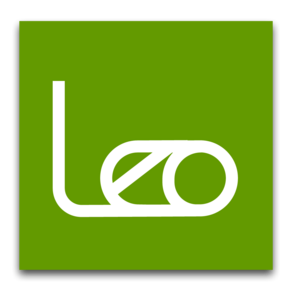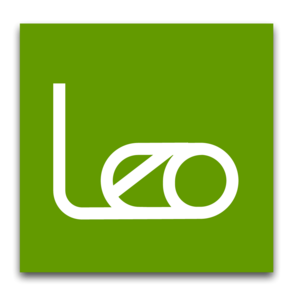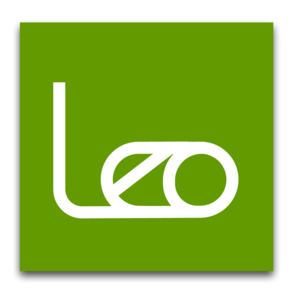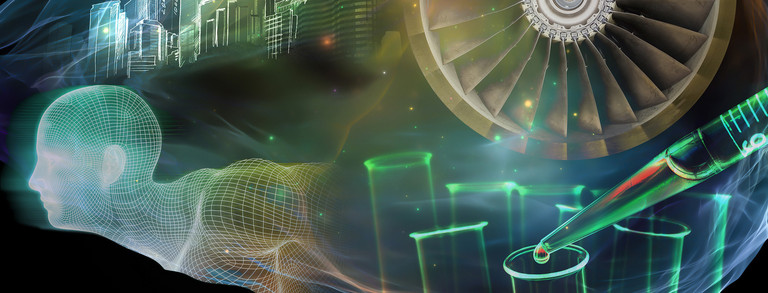Guests of the professorship
In this section you will find information about our guest lectures:
PROF. DR. MARC GRUBER (College of Management of Technology at EPFL), 2021 -> postponed due to COVID-19
PROF. DR. AARD GROEN (University of Groningen) Topic: Entrepreneurship & Valorisation, 01/2020 -> postponed due to COVID-19
PROF. RAY LAND (Durham University) Topic: Threshold Concepts in Economics Education, 01/2019
PROF. DR. ALAIN FAYOLLE (EMLyon Business School), Topic: Entrepreneurship Education, 01/2018
PROF. DR. MING FAI PANG (University of Hong Kong) Topic: Economics Education, 05/2016
CHRISTIAN LINDNER (FDP leader) Panel discussion: The importance of business start-ups for the region and the Federal Republic, 01/2016
PEER STEINBRÜCK (Ex-Federal Minister of Finance) Panel discussion: The importance of business start-ups for the region and the Federal Republic, 01/2016
UDO DOLEZYCH (President of the Dortmund Chamber of Commerce and Industry ) Panel discussion: The importance of business start-ups for the region and the Federal Republic, 01/2016
PROF. SHAKER A. ZAHRA (University of Minnesota) Topic: Industry Knowledge Characteristics, Prior Experience and New Venture Survival, 04/2015
PROF. DR. NORBERT LAMMERT (President of the German Bundestag) Keynote speech: Europe - on the internal and external constitution of the Union, 01/2015
PROF. A. GROEN (University of Twente & University of Groningen) Topic: Best Practices in Academic Entrepreneurship, 12/2014
DAVID SIMMONDS (University of Chichester, UK) Topics: Servant leadership, Teamwork and Communication, and Natural Learning, 01/2014.
ANDREAS MÜLLER (Leopold-Hoesch-Berufskolleg der Stadt Dortmund) Topic: Cooperative Learning, 11/2012
GERHARD SCHRÖDER (Former Chancellor of the Federal Republic of Germany) Keynote speech: Prospects and challenges for Germany and Europe in a globalized world, 2012
PROF. PETER DAVIES, PHD (Gambrinus Fellow - University of Birmingham, UK) Topic: Threshold Concepts, 2010
DAVID SIMMONDS (Westminster University, UK) Topic: Research Methods and Concepts in Economic Education, 2010
KERSTIN VOGLER (Debt Counseling, SKM Katholischer Verein für soziale Dienste in Dortmund e.V.) Topic: Alles im Griff! - Lessons on dealing with money, 2009
TITUS DITTMANN (Managing Director, Titus Rollsport GmbH, Münster) Topic: From teacher to founder, 2008
STEFAN KRIEGL (Ballet Dortmund Marketing and Publicity Officer) Topic: The ballet work, the ballet's objectives and its self-image as a cultural institution, 2009
JOCHEN SCHOLZ (Head of Department I at the Oberstufenzentrum Bürowirtschaft und Dienstleistungen Berlin) Topic: Opportunities in the use of the erp4school client in higher education, 2008
PROF HERBERT SHERMAN, PhD (Gambrinus Fellow- Long Island University NewYork, USA) Topic: Case Writing in Business Education, 2008
DAVID SIMMONDS (University of Westminster London, UK) Workshop: Complexity Sciences and Human Resource Management, 2007
DR. DR. GUIDO STRUNK (Vienna University of Economics and Business Administration, Austria) Colloquium on Business Didactics: Complexity Sciences and Business Education, summer semester 2007, 2008 and 2009




